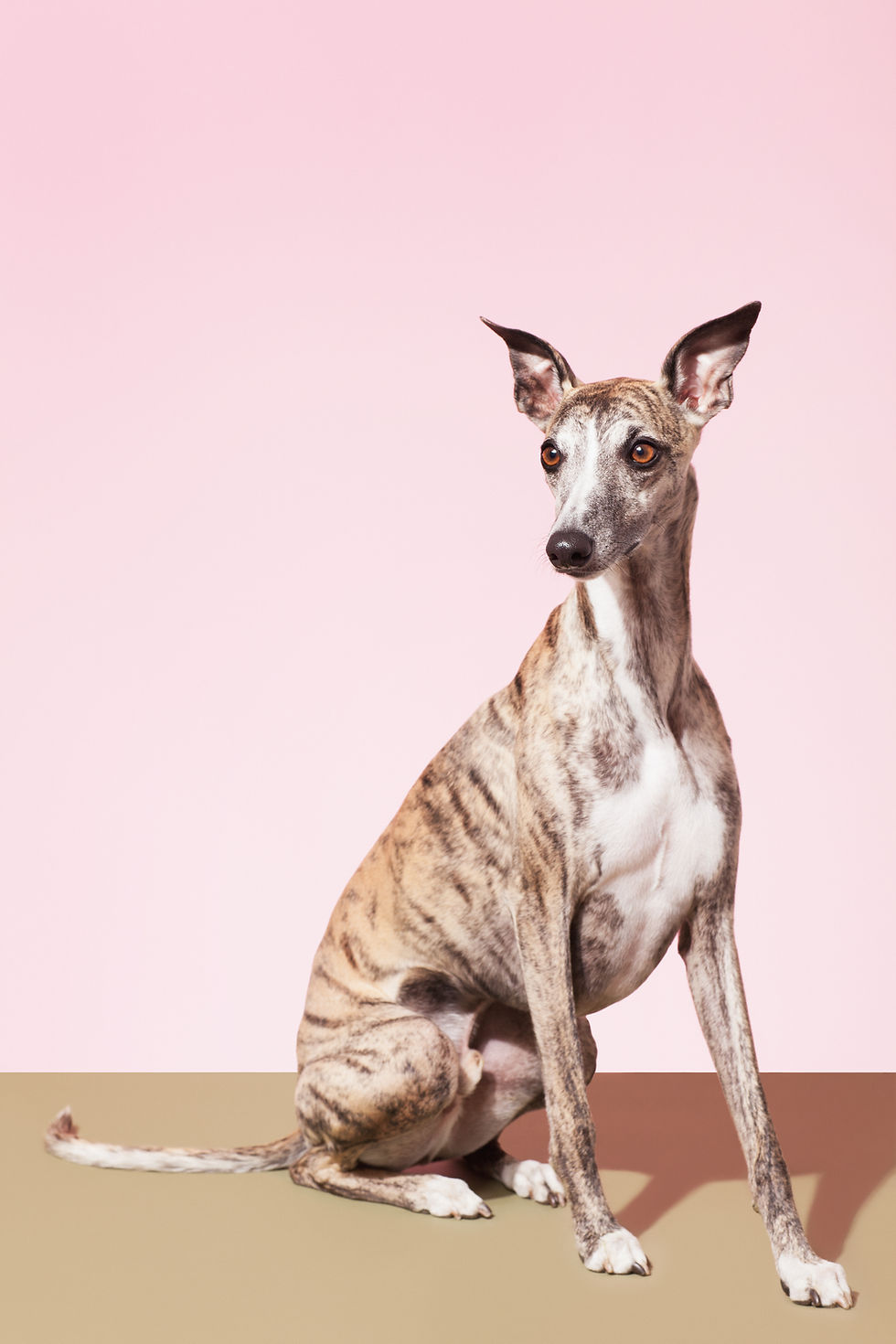A Profile: Collared Doves
- Jennifer J

- Jul 14, 2020
- 2 min read

The Collared Dove is one of the most beautiful wild birds that you can find in the natural world.
These adorable animals are distinguishable by their white/greyish feathers, the black line around the back of their neck which looks like a collar with their beady black eyes makes these birds easy to distinguish and notice when you see them in the wild.
Where Are They Found In The Wild?
Collared Doves are common throughout much of the Northern Hemisphere. Particularly in Europe and Asia, which is why their official full name is the Eurasian Collared Dove.
These birds are native to Europe and Asia. But, they have also been introduced into North America and Japan by humans, which means that these birds can be found across most of the Northern Hemisphere today.

What Is Their Conservation Status?
The conservation status of Collard Doves is that they are of least concern.
Being of least concern means that these cute animals are furthest from extinction that a species can be. Which is great in a world where many animals are declining in population.
What Is Their Population Trend?
These animals are doing really well. There are many animals where we are seeing their population decline, however, Collared Doves are different, their population is increasing.
What Is The Population Of Collared Doves?
Collared Doves are doing very well. It's estimated that there is between 40 to 70 million of them.
What Habitats Are These Birds Found?
Collared Doves are found living within Shrublands. They are also seen in gardens.
What Do These Animals Eat?
Collared Doves Mainly eat things like insects and seeds.

What Is The Breeding Like For Collared Doves?
Collared Doves will nest next too humans, as food is easily accessible to these adorable birds. Unlike a lot of animals, these cute birds don't just breed in one particular season - namely Spring - they breed at any time of the year. Female Collared Doves will lay two eggs, these eggs will be incubated for around two weeks, their fledgelings (babies) will then flee the nest just over two weeks later.
Fun Facts About Collared Doves
Collared Doves are resident in most parts of the UK, therefore, they stay here all year round.
There are almost one million pairs of Collared Doves in the UK.



Comments